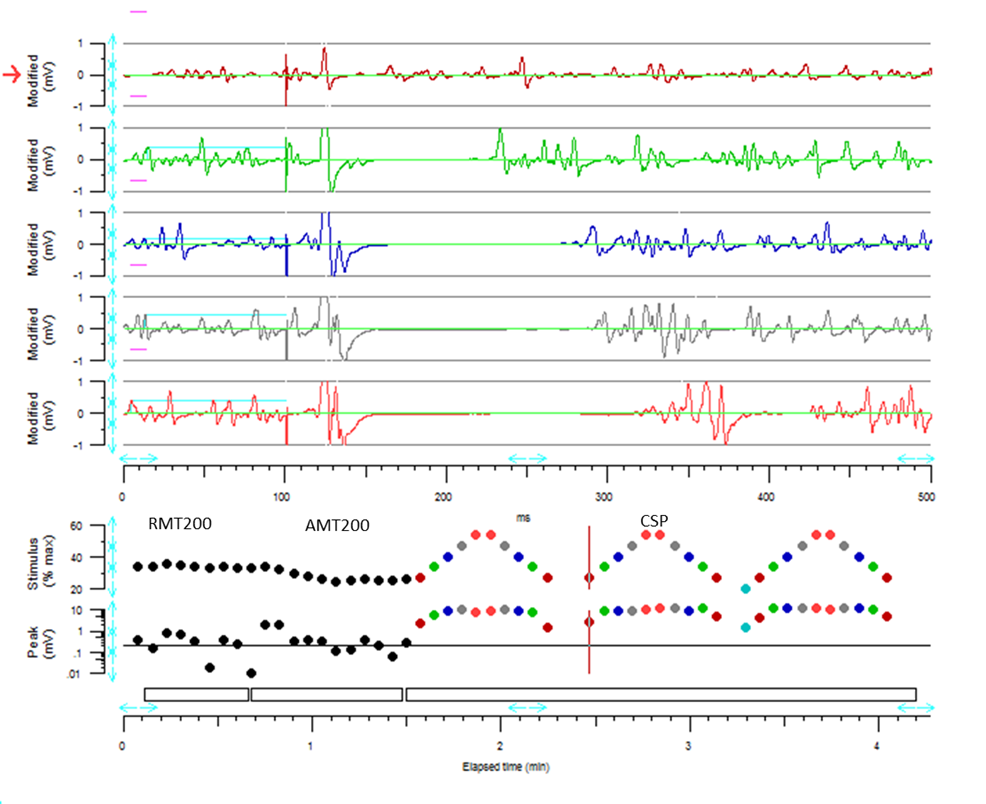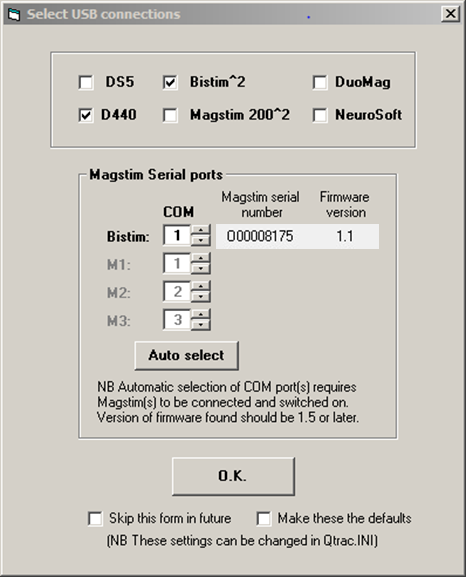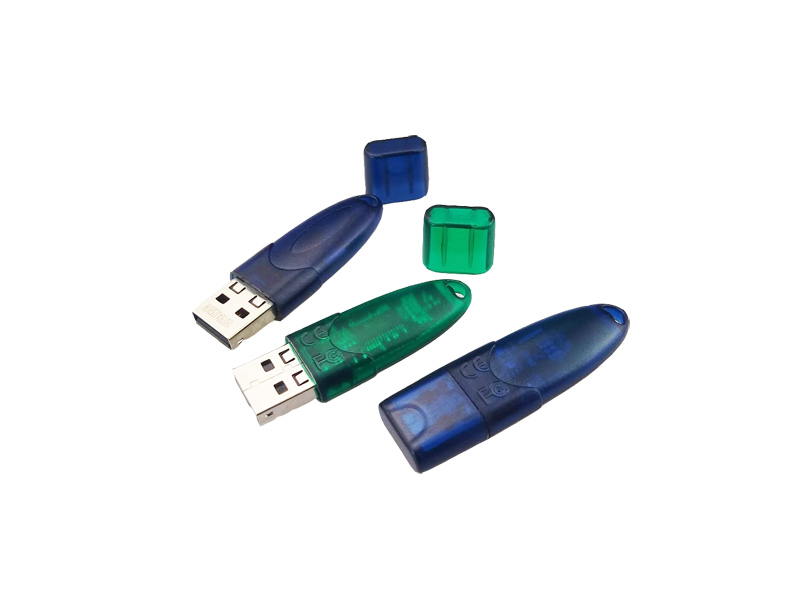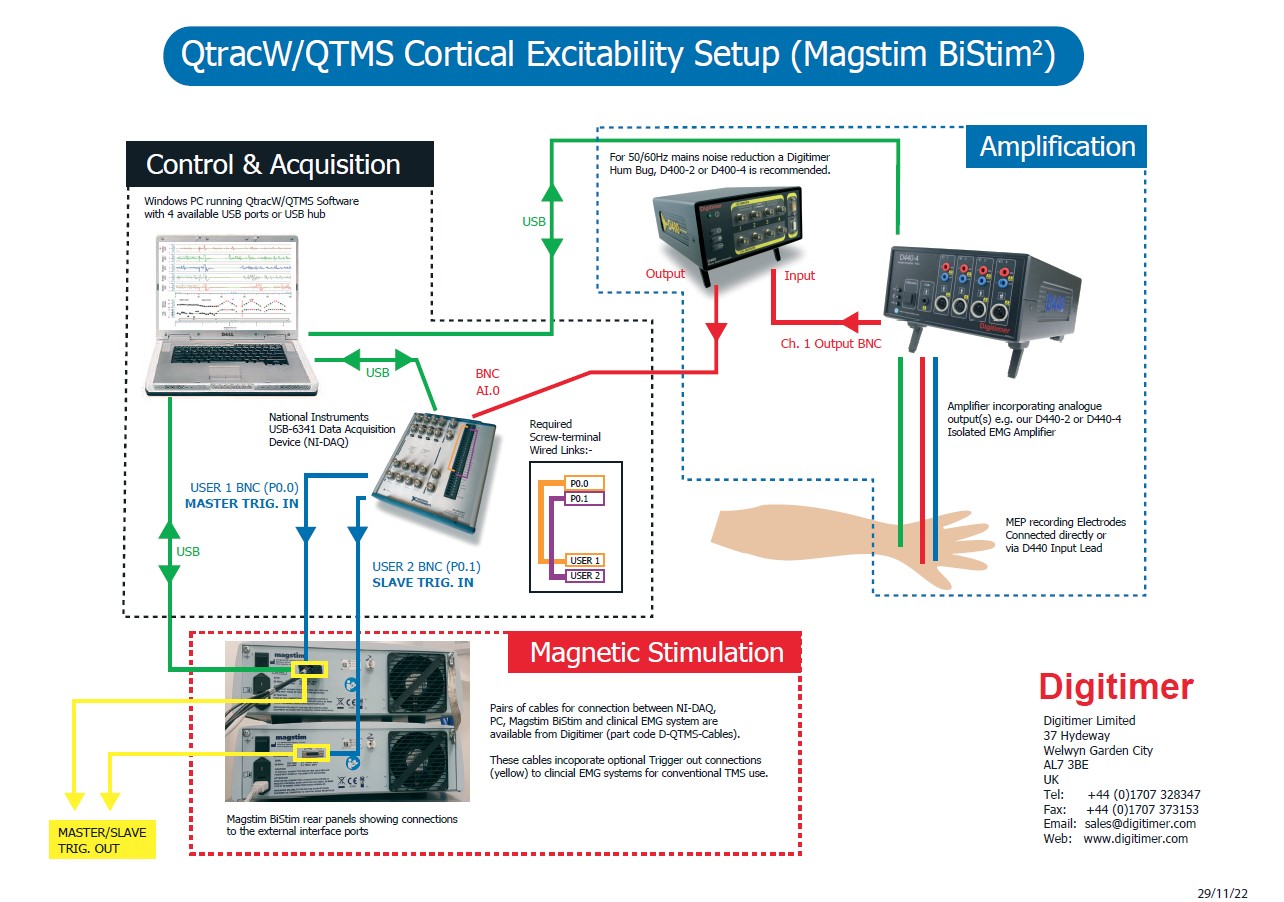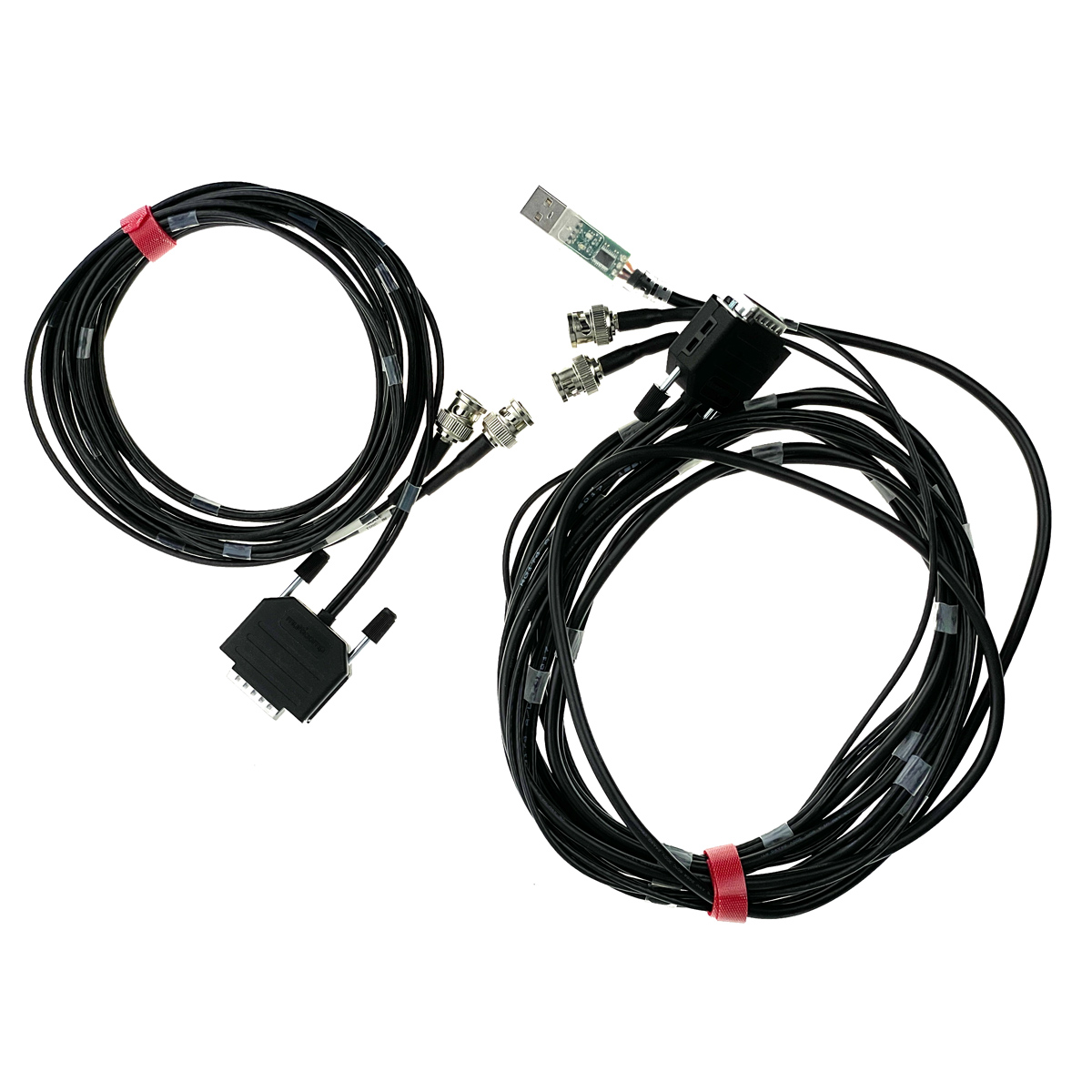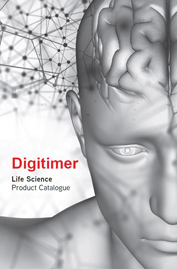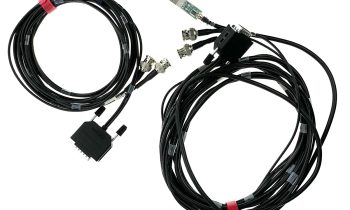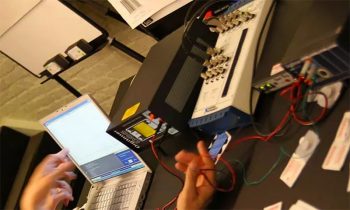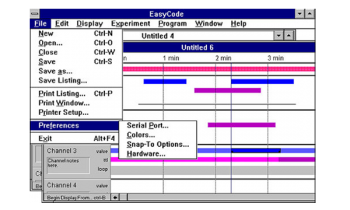Description
DESCRIPTION
 QTMS Cortical Excitability Protocols for Solo TMS Operators
QTMS Cortical Excitability Protocols for Solo TMS Operators
QtracW is increasingly being used for microneurography, muscle excitability testing and cortical excitability testing with transcranial magnetic stimulation. Although control of magnetic stimulators has been possible for several years under standard QtracS protocols, Prof. Hugh Bostock and his colleagues at QTMS Science Ltd. have recently launched a new QTMSG recording suite specifically aimed at TMS users, allowing a solo operator to run QtracW TMS protocols and obtain standardized recordings automatically. This software is now available exclusively from Digitimer Ltd.
Here we share with you an open-access video article published in the Journal of Visual Experiments, where Prof. Hatice Tankisi (Aarhus University Hospital) and colleagues present the suite of standardized single- and paired-pulse transcranial magnetic stimulation (TMS) recording protocols, which include options for conventional amplitude measurements and threshold-tracking. At present, this program can control three different types of magnetic stimulators and is designed to enable all tests to be performed conveniently by a single operator.
Major features of QTMS
In addition to resting motor threshold (RMT), stimulus response function (SRF) and cortical silent period (CSP), this QTMSG suite comprises short interval intracortical inhibition and facilitation (SICI, SICF), long interval cortical inhibition (LICI), and short latency afferent inhibition (SAI). In each case, conventional tests can be compared directly with two corresponding threshold-tracking versions, serial and parallel. In the serial tracking versions, as in the TRONDNF nerve excitability protocols, test-alone stimuli on one channel are compared with conditioning+test stimuli on another, and the interstimulus interval (ISI)changed in steps.
Using QTMS with Compatible Magnetic Stimulators
QtracS can now control a MagStim BiStim2 (BiStim), a DuoMag MP Dual (DuoMag),or a Neuro-MS Paired Monophasic stimulator (NeuroSoft). These devices are all designed to deliver paired monophasic magnetic stimuli through a single-coil, although they all achieve this result in slightly different ways.
- The BiStim requires one serial connection and two TTL trigger inputs.
- The DuoMag requires two USB connections and two trigger inputs.
- The NeuroSoft requires just one USB connection and one trigger input.
For Magstim Bistim users, a set of control/trigger cables (D-QTMS-CABLES) is supplied with the first QTMS licence purchase. Replacement cables may be purchased from Digitimer.
QTMS requires an active QtracW licence
The QTMSG series of TMS software protocols can be used only with the QtracS.EXE program, necessitating an active QtracW licence. The intellectual property rights of this software, which belong to QTMS Science Ltd., are protected by encryption as a QRPZ (encrypted QRP) file, for use only in conjunction with a specific QtracSP dongle.
Three types of QTMSG QRPZ file can be issued on request:
- A free trial version, for use only during a QtracW 50-day free trial period.*
- A 50-day free trial version, for use with a specific QtracSP dongle.*
- A regular version, for use with a specific QtracSP dongle, and available for a whole number of months, between 12 and the last month of validity of the dongle.
* For trial purposes, control/trigger cables for the MagstimBistim (part code D-QTMS-CABLES) may be purchased from Digitimer. Their purchase cost, less carriage/packing, is credited if a QTMS licence is purchased prior to the expiry of the trial period.
Requests for quotations should be directed to Digitimer, as agents for QTMS Science Ltd. All QTMSG licence or free trial requests must be accompanied by the code of the relevant QtracSP dongle (which can be obtained from the dongle by running the Qtrac utility DongleRead.EXE or DongleCheck.EXE).
GALLERY
DOWNLOADS
Product Information
QTMS Operator’s Manual
References
Tankisi, H., Cengiz, B., Howells, J., Samusyte, G., Koltzenburg, M., & Bostock, H. (2021). Brain Stimulation Short-interval intracortical inhibition as a function of inter-stimulus interval : Three methods compared. Brain Stimulation, 14(1), 22–32. https://doi.org/10.1016/j.brs.2020.11.002
